The Phragmites invasion was identified as the number one concern facing the Long Point area at this summer’s Long Point Biosphere symposium on ecosystem stresses.
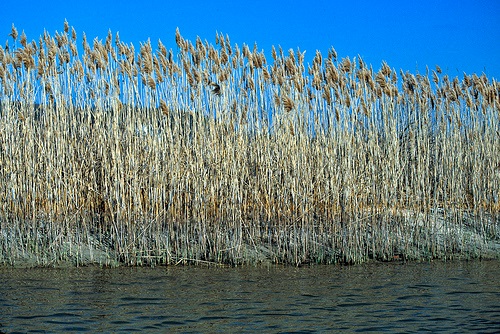
In the pond adjacent to my house, a few Phragmites plants appeared about 20 years ago. Those few stalks then turned into a patch covering 15 per cent of the pond. It took 20 years but I’ve now eliminated it – although it has cropped up elsewhere on our farm. I realize what I’ve seen for an increase is small in comparison to what has occurred in some areas, for example, Phragmites dominates the ditches along Highway 402.
More than 10 years ago, Dr. Scott Petrie and Long Point Waterfowl were one of the first to research the expansion of Phragmites in the Long Point area. At that time, the potential threat was just beginning to be realized. Its threat wasn’t widely known outside Long Point except amongst waterfowlers and naturalists.
The last session of the legislature debated Phragmites as a part of the Invasive Species Act. This bill has currently had its second reading.
My concern as a landowner is to have the tools to deal with Phragmites. The Invasive Species Act doesn’t provide this kind of help. Ideally, the Act should contain an education plan, funding and ways to prevent spread. The Act puts an emphasis on landowners to control invasive species, but doesn’t provide the wherewithal to make it happen.
This is not to say the Invasive Species Act is all bad legislation, it’s just big on stick and small on carrot.
Now in talking about tools, we realize the challenges of controlling Phragmites. It spreads through both seeds and rhizomes and is just about impossible to control without herbicide.
I recently attended a St. Williams meeting on Phragmites, hosted by the Ontario Phragmites Working Group and Long Point Ratepayers’ Association, that focused on methods of control. Control alternatives varied from manual extraction, to discing it under, to experimentation with herbicides, to prescribed burns. Herbicides are the best alternative for large areas, but the issue is approval needs to be granted for application over water.
When Phragmites colonizes an area, it spreads quickly and prevents the new growth of other plants. It’s also poor habitat for wildlife. It impacts humans as well through loss of recreational opportunities, negative tourism impacts, decline in property values and blocked sightlines.
 When Purple Loosestrife was the hot invasive plant, I was Parliamentary Assistant to the Minister of Natural Resources. In conjunction with the Ontario Federation of Anglers and Hunters, hit squads went into areas where Loosestrife was rampant and manually removed it. It’s not that simple with Phragmites, and we have yet to see this kind of commitment from government.
When Purple Loosestrife was the hot invasive plant, I was Parliamentary Assistant to the Minister of Natural Resources. In conjunction with the Ontario Federation of Anglers and Hunters, hit squads went into areas where Loosestrife was rampant and manually removed it. It’s not that simple with Phragmites, and we have yet to see this kind of commitment from government.
During the St. Williams symposium, we learned the City of Thomas has tackled Phragmites with minimal expenditure. The goal is to have the city Phragmites-free by 2020. Lambton Shores has also been aggressive and the plant is now 99 per cent under control in the municipality.
When Purple Loosestrife was first identified as an issue, it was thought to be the worst invasive plant in the province’s history – Phragmites now has that dubious honour. It will take a concerted effort by government, communities and individuals to take it on. It’s time to get serious! For the Silo, MPP Toby Barrett

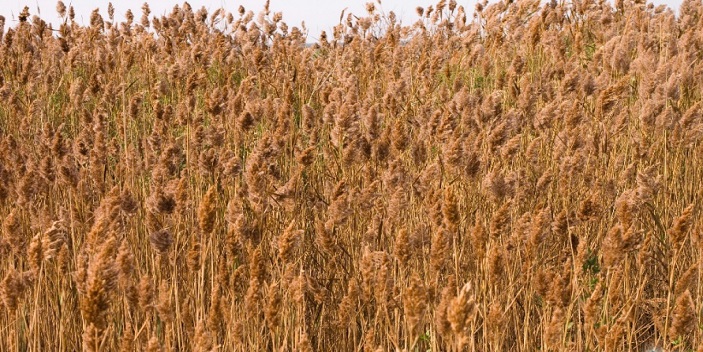
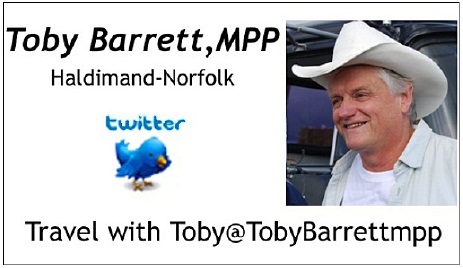
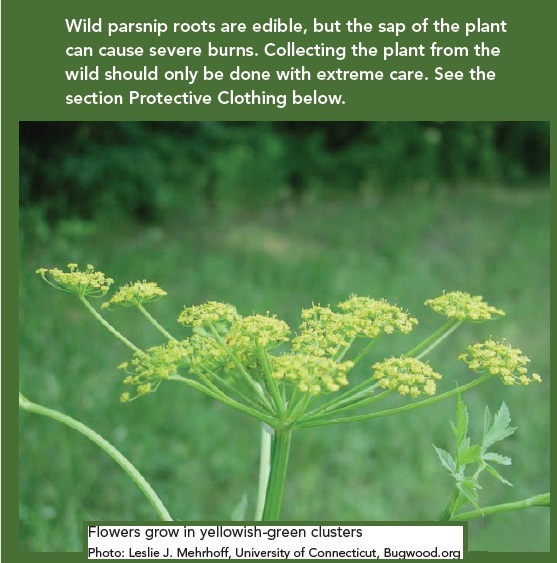
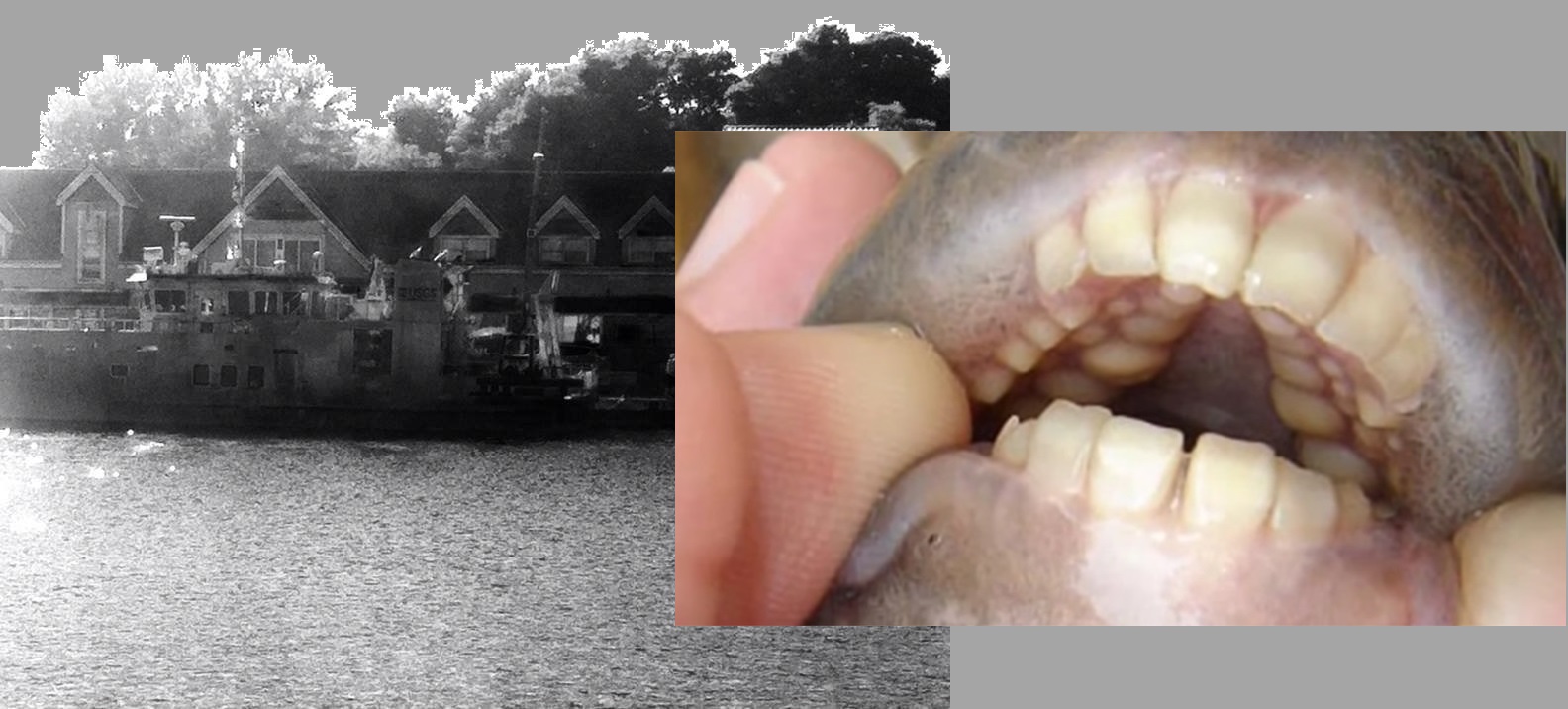
Leave a Reply
You must be logged in to post a comment.